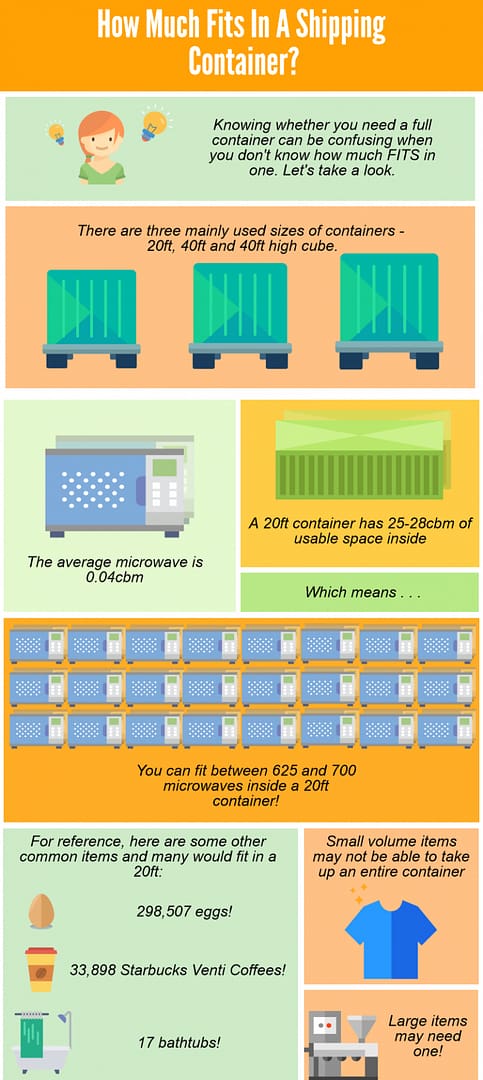EN
BlogBy: CMTrans Aug 30,2024
Cheaper per cbm. If you are importing a large amount of stock, FCL is the cheaper option as you pay ‘per container’ rather than ‘per cubic metre’.
Quicker than LCL. FCL requires much less loading and unloading at each port. As a result, you save time at both ends of the process.
Only you and your supplier touch the goods. So, the risk of damage is reduced. One of the biggest reasons that we recommend marine insurance is that cargo getting damaged in transit is a real concern. Many importers don’t understand how many people need to touch their goods just to get them from one place to another and that accidents can happen. When you ship using FCL, your goods are far more secure as they are transported in the container as opposed to being taken out and handled.
You need to import a larger amount of stock. To be a cost-efficient option, FCL requires you to be importing a larger volume of products. For a start-up or small business, this means that FCL may not be viable.

You’ll have to plan ahead for unloading! Now, it’s a double-edged sword that your goods are only touched by your supplier and yourselves. As the goods are not moved from the container the chance of damage is reduced, however, delivery for FCL can be more complicated. When shipping via LCL your goods are delivered on a curtain-sided truck so you can unload with a forklift or on a vehicle with a tail-lift to drop the pallets to the ground. With full container load shipping your goods arrive in a container on the back of a lorry and you’re expected to unload them yourself….. probably by hand. If you know that your supplier has palletised the products then you can probably use a forklift and a pump truck (if you’ve got them) but it’s still not quite as easy as unloading a truck. The main take-home here is to PLAN AHEAD!
Difficult to import to FBA; due to the above reason, delivering an FCL shipment into Amazon FBA is way more difficult than importing an LCL shipment.
If you are shipping a large volume of goods, sometimes the FCL shipping process is the better/only option. When shipping FCL, you pay a flat fee for the use of the container instead of paying for the volume of your goods; this works out cheaper per cbm than LCL shipping, making FCL cost-efficient for larger shipments.

The main difference between FCL and LCL is that with FCL you rent out and use the entire container for your shipment, whereas with LCL you rent out space within a container.


CMTrans is the Best Freight Forwarder Parther in China, With The Best Price and Services Help You Shipping Goods From China to Worldwide.
Back to Top
Copyright © 2025 Jiangsu Chenmao International Logistics Co.,Ltd. All Rights Reserved
Design by BONTOP.